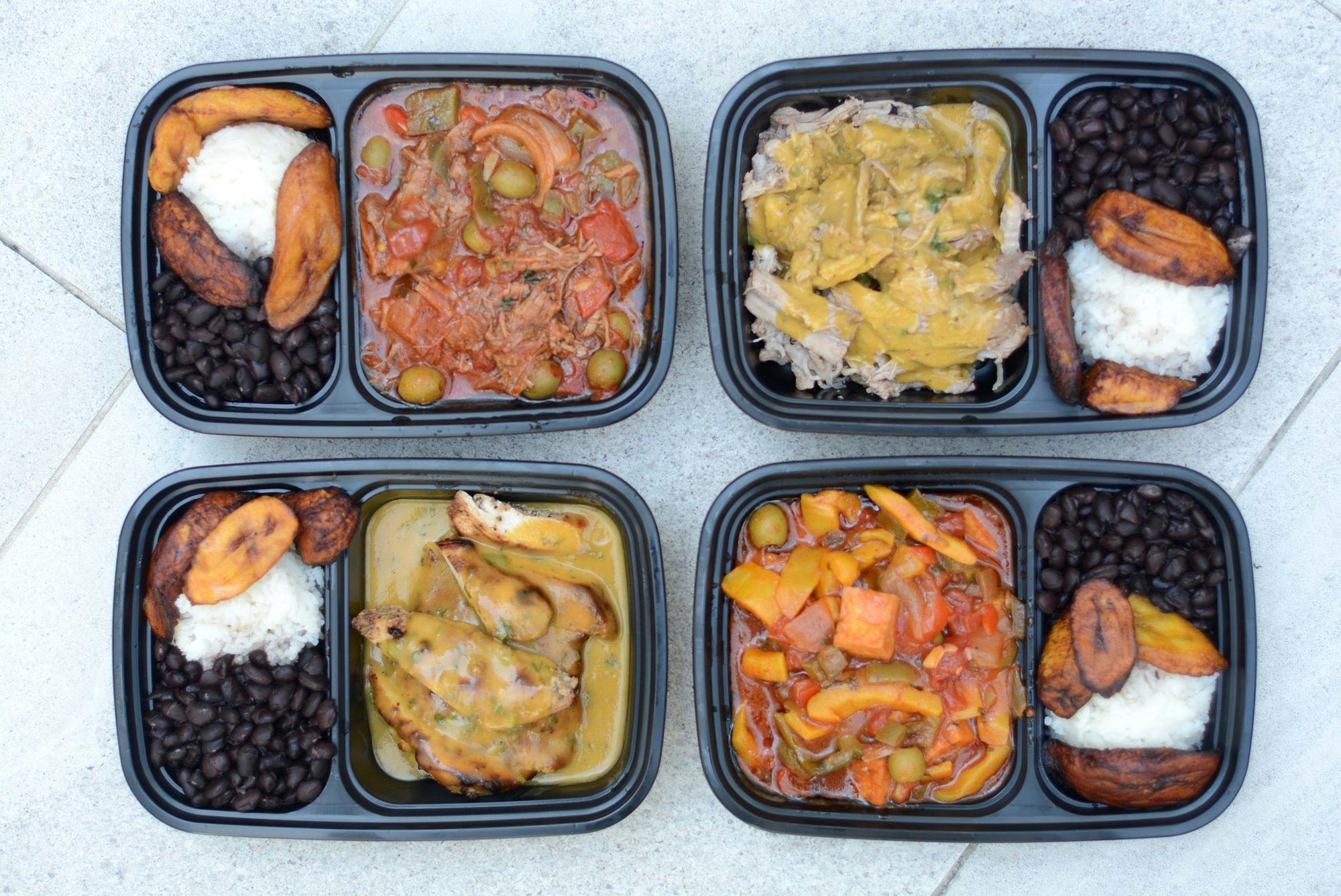
Lunchtime is sacred. The break from work. The conversations with co-workers. And of course, the food. The concept of attaching a meeting to lunch is a scary proposition. Fortunately, lunch-based events can still be cooked to perfection.
Short, organized sessions that deliver educational entertainment are worthy investments. Lunch and learn events are informal events with a topic, a speaker, and a presentation. Also referred to as brown bag events, the format and tools vary. The only real requirement is to provide lunch. Regardless of your reason for hosting a lunch and learn, these tips and ideas will help your organization run sessions that keep your audience engaged and facilitate your organization's objectives.
1. Establish Goals
Lunch and learn programs fade away without the proper goal setting and LPIs (Lunch Performance Indicators). Teams might focus on attendee turnout, engagement, post-event follow-up, satisfaction level, speaker development, or other factors. Establish a single or rotating group of stakeholders to keep discussions well planned and organized.
2. Timing is Everything
Timing is crucial when planning lunchtime events. Most professionals plan 30 minutes to 1 hour at most for lunch, and aren’t looking to stay beyond the planned window. Organizers should implement guidelines and fail-safes to keep things moving. The start and end time should be non-negotiable. Ted Talks follow a universal rule that each talk must be no longer than 18 minutes, and lunch and learns should follow a similar principle. This includes having ample time for Q&A.
3. Don’t Overlook the Most Important Factor — Lunch!
If you’re looking to sabotage your lunch and learn as well as any future attendance, serving unappetizing lunches is the fastest way to do so. It’s worth the investment to bring in high quality, catered lunches. Forget the boring deli sandwiches or pizza. Let’s be honest, many people will base their attendance decision on the provided lunch options. CaterCow is a good resource for finding high-quality lunches, whether you'd like individually-packaged meal boxes or classic build your own buffet setups.

4. Respect the Schedule
On a similar note, lunch and learn programs will fail if they feel like a burden or just another meeting. Organizers should plan events when the least amount of meetings occur. Ask for potential attendee and employee feedback about dates and times. Maintaining a consistent time schedule helps on this front.
5. Offer a Hybrid Option
Event planners may never plan events again without considering a hybrid approach, same goes for brown-bag events. Video conferencing and recording the event helps. This improves event accessibility, too, as the transcript and subtitles can be included.



